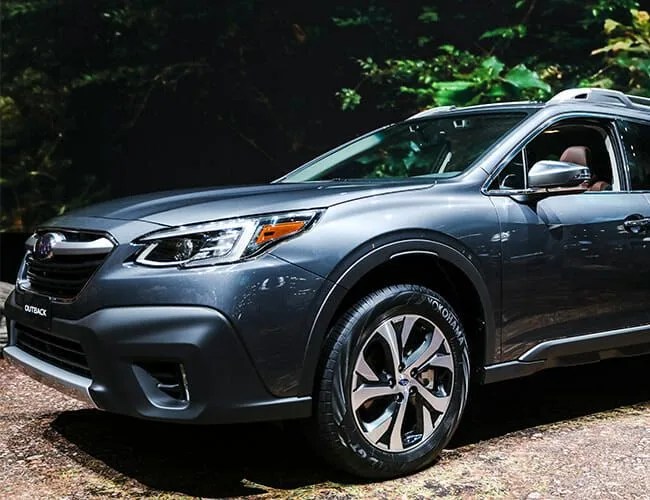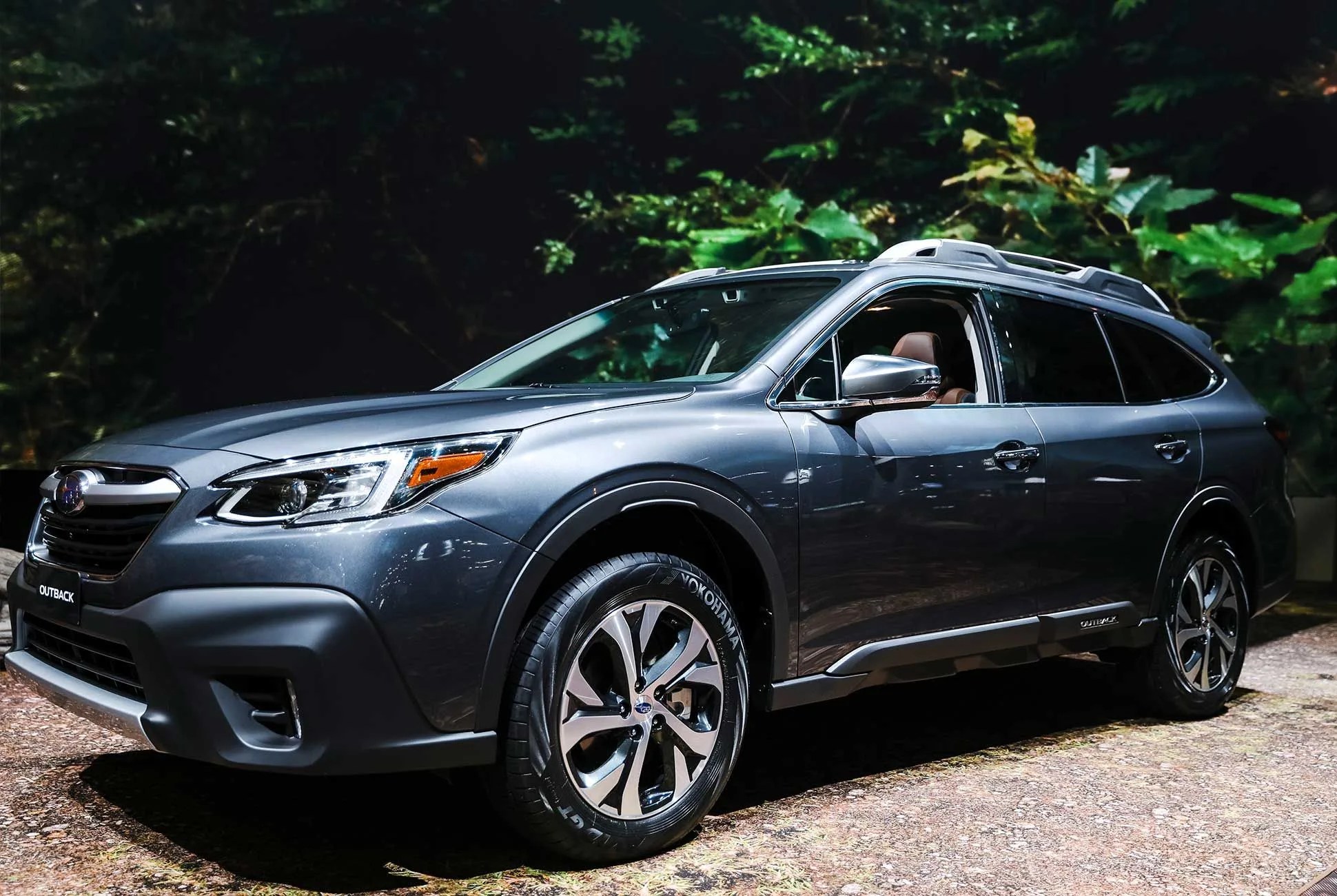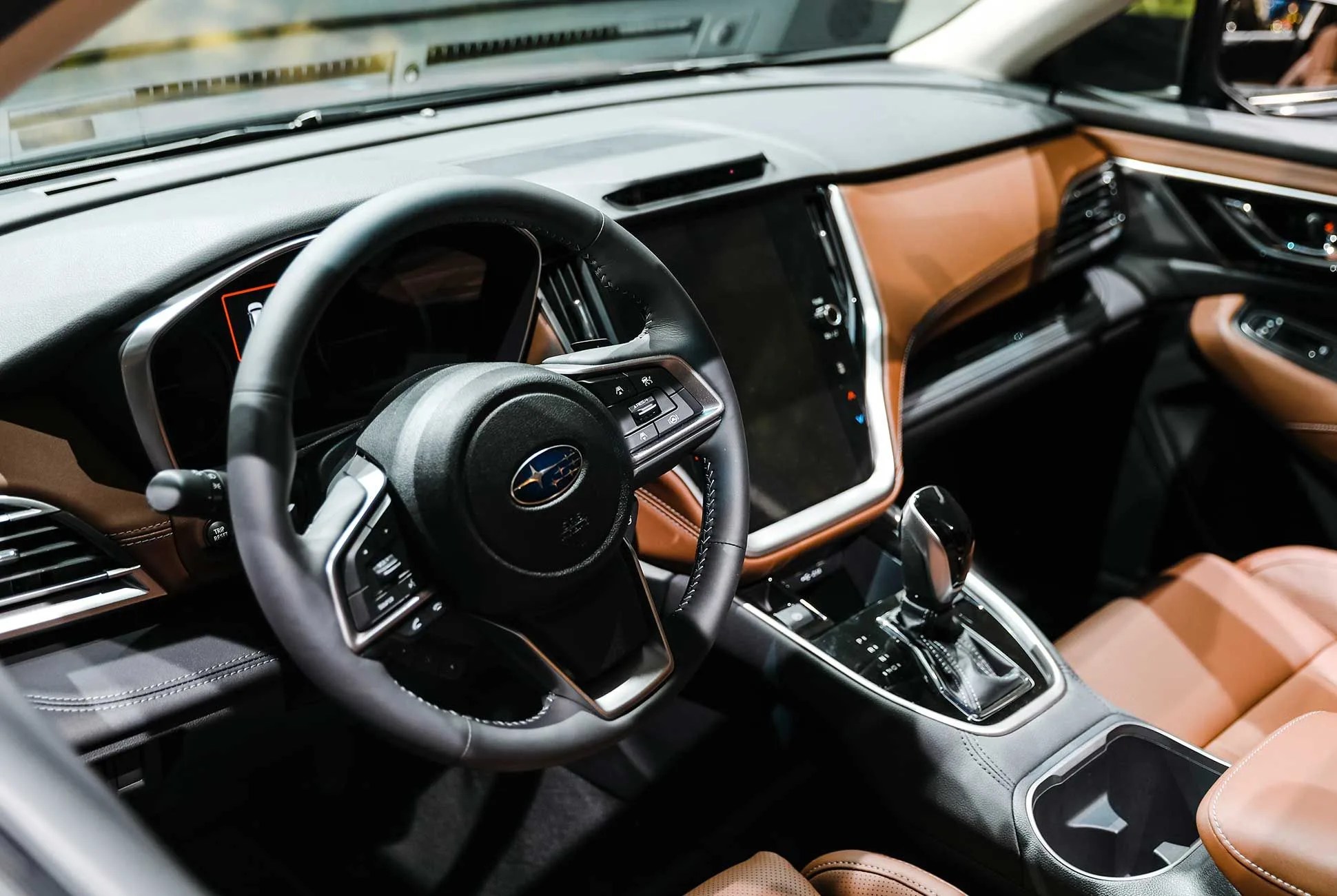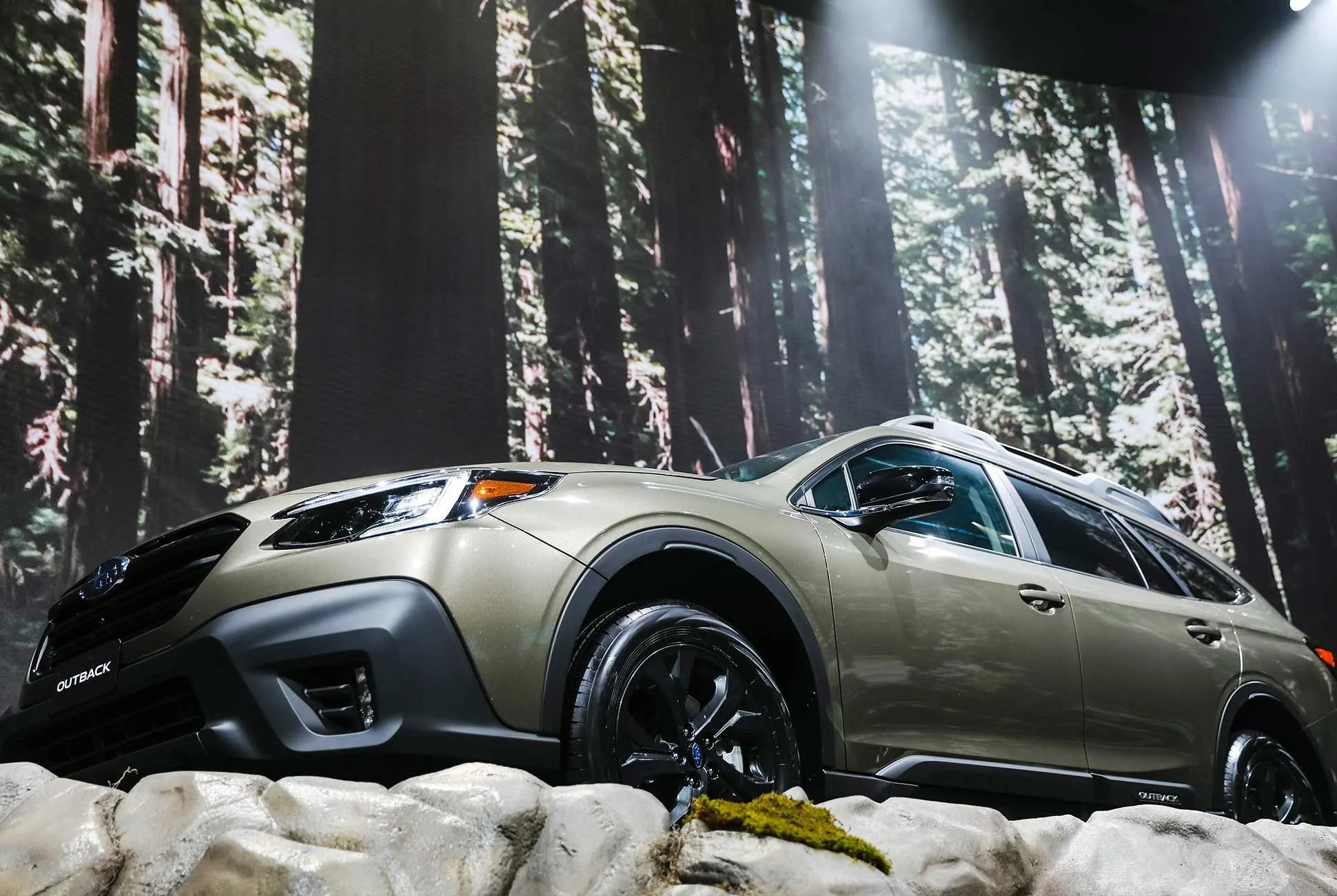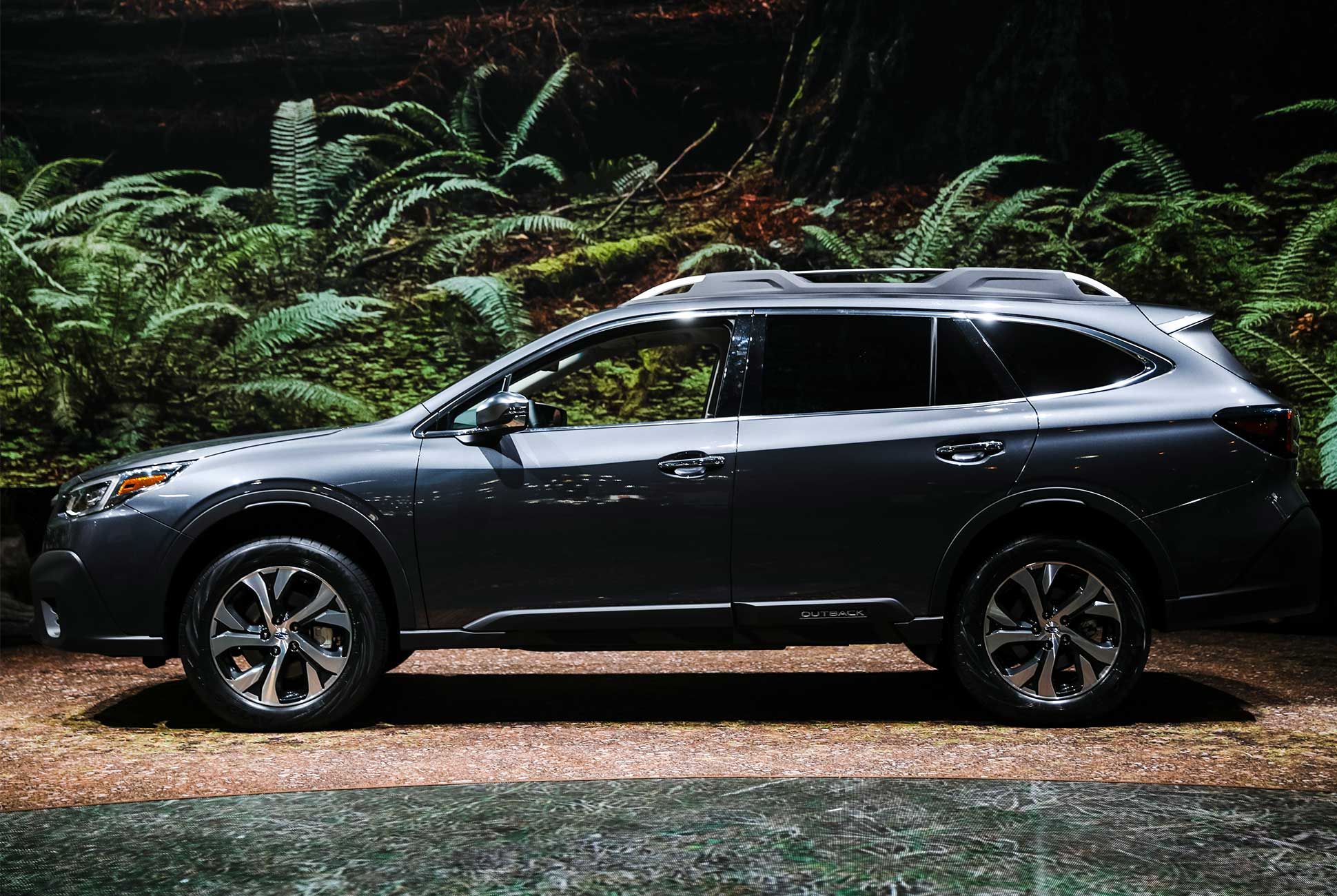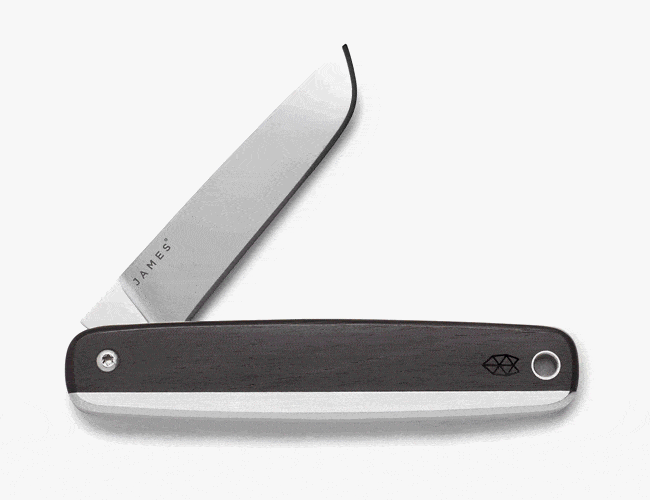4 photos
You couldn’t miss the Subaru booth at the 2019 New York International Auto Show. Designed as a simulacrum of a national park, it featured a two-story treehouse towering above the show floor, a working water feature, an NFL stadium-worth of giant screens, and enough fake rocks and plants to populate a Rainforest Cafe.
Then again, considering the big news the carmaker had, an eye-catching display seemed warranted: This year’s NYIAS saw Subaru unveil the 2020 Outback, the sixth-generation version of the jacked-up station wagon that’s been serving as a dependable four-season companion for New Englanders and Northwesterners for two and a half decades.
And, even in an auto show packed with hypercars and electric vehicles and mighty SUVs, it’s the car that deserves the title of the most significant vehicle to debut at the auto show. Why? Simple: It blazed the trail for the fleets of crossover SUVs that have come to dominate America’s roadways.
Before the Outback arrived in 1994, Subaru was known for being the quirky Japanese carmaker that didn’t quite fit in—at least, not as well as the likes of Honda or Toyota. With the elevated, all-wheel-drive station wagon, though, it found a new angle: the quirky Japanese carmaker that fit in with outdoorsy types. Offering the ground clearance and four-wheel traction of an SUV and the fuel economy and drivability of a family car, it split the difference between them almost perfectly—at least, for many consumers. Americans loved it, and bought it in droves; as Subaru of America’s head of marketing once put it, “[The Outback] saved this company.”
Other carmakers noticed how well the Outback was doing, and soon enough began cranking out their own car-based (or car-like) all-road vehicles—propmpting buyers to snap them up in droves, as well. While they may have sat higher off the ground or been branded as SUVs rather than elevated wagons, there’s no mistaking their similarities to this Subaru. In 2018, four of the 10 best-selling passenger vehicles in America—the Toyota RAV4, the Nissan Rogue and Rogue Sport, the Honda CR-V, and the Chevrolet Equinox—all use four-cylinder power and unibody construction and occupy a footprint about as large as a family sedan—the same basic recipe the Outback pioneered five years after the fall of the Berlin Wall.
Unlike some carmakers with rich product histories, though, Subaru isn’t sitting on its laurels. Which brings us to the other reason the 2020 Subaru Outback is the most significant car on the NYIAS floor this year: It also points to where the automotive industry is going in the next few years.
